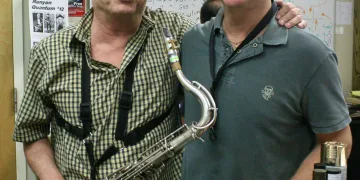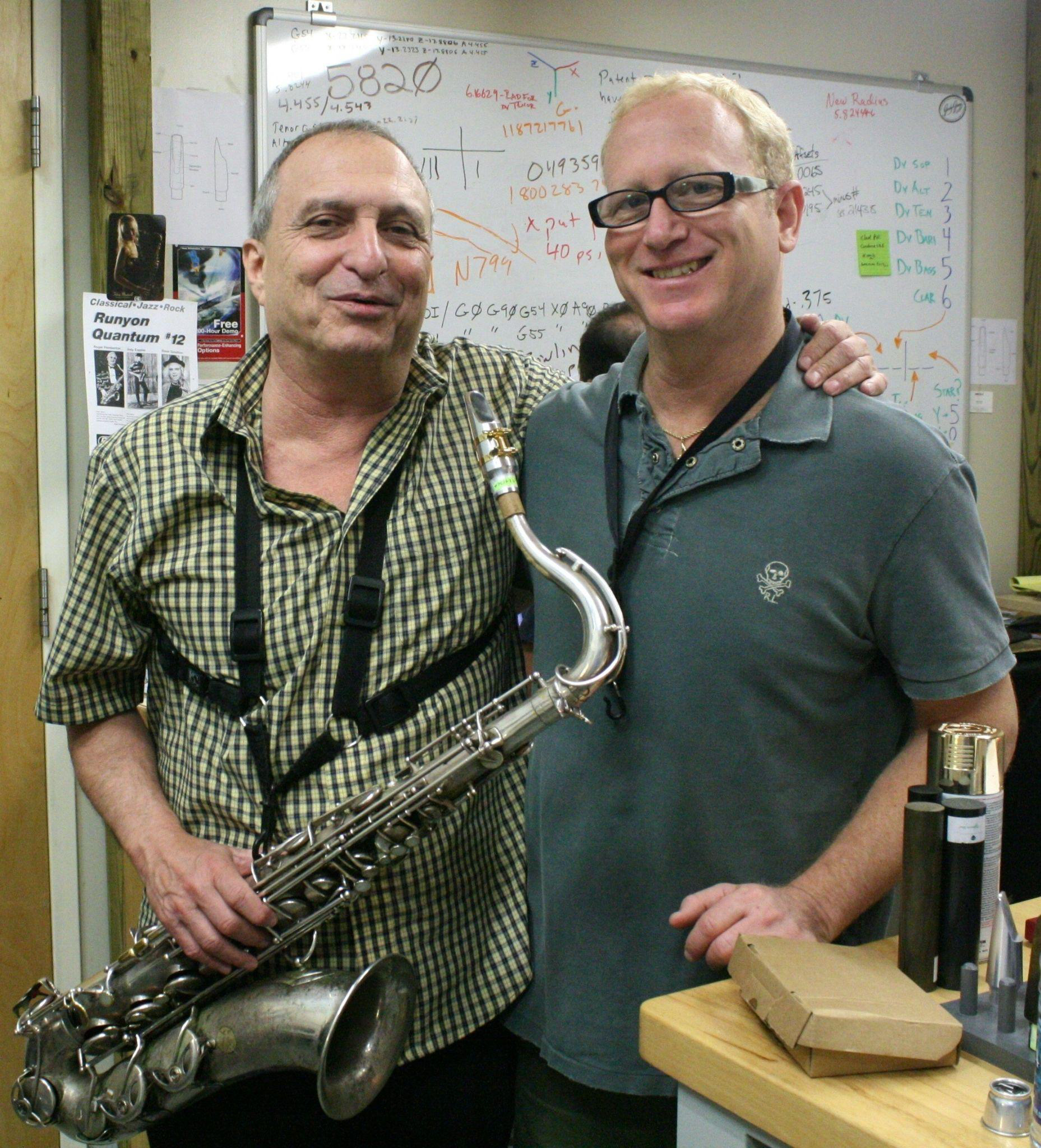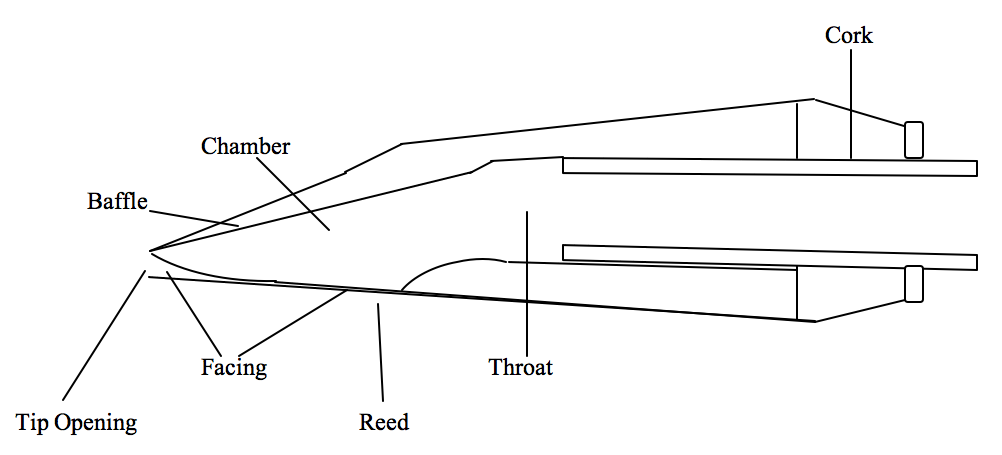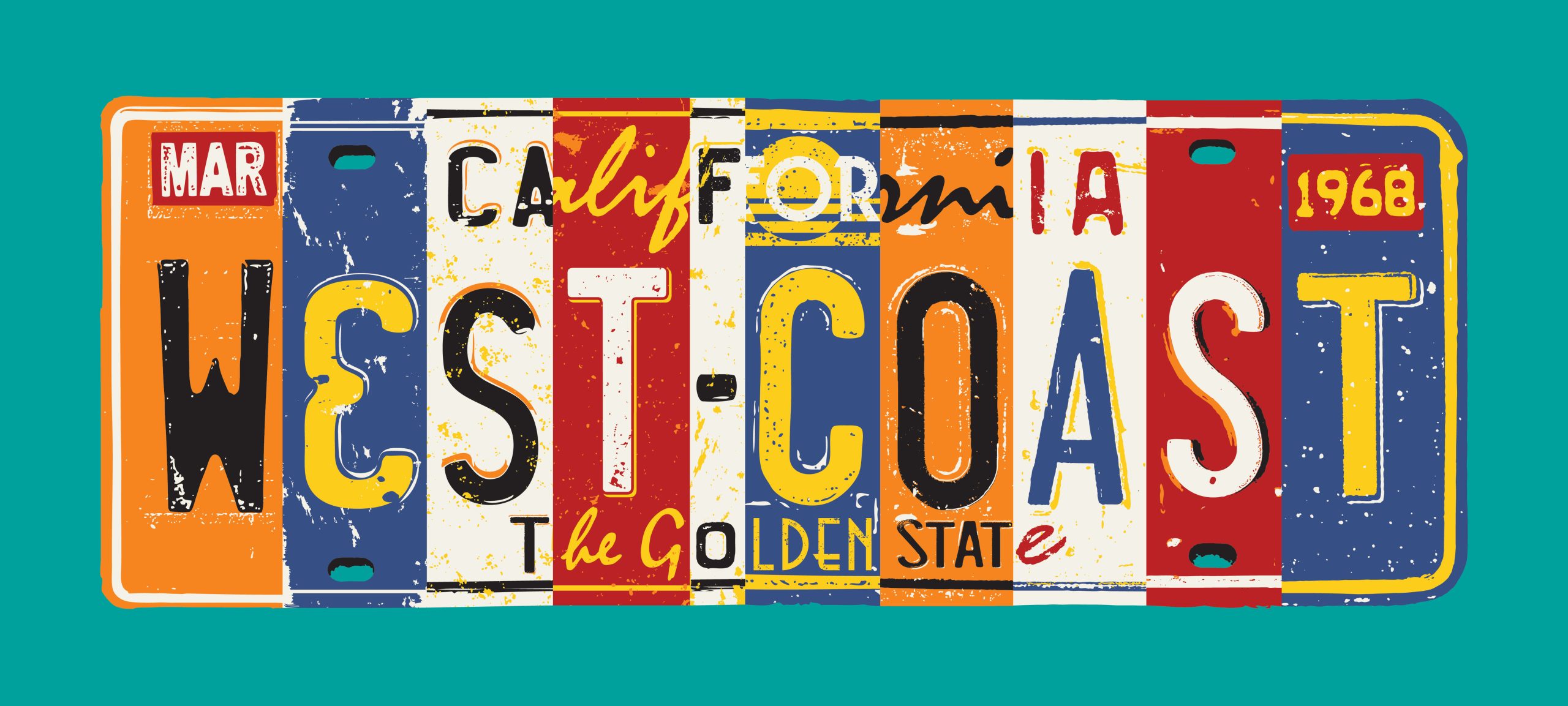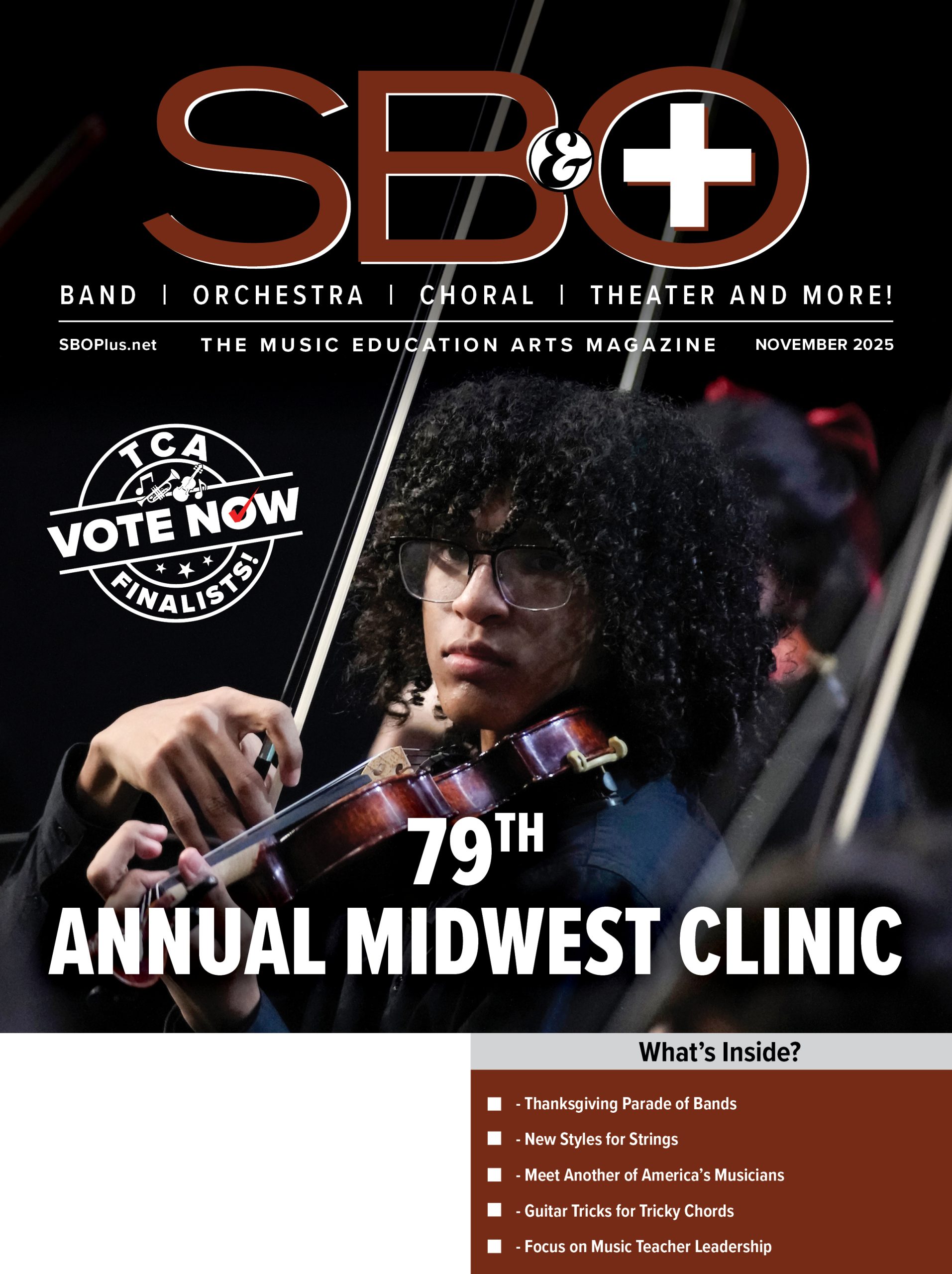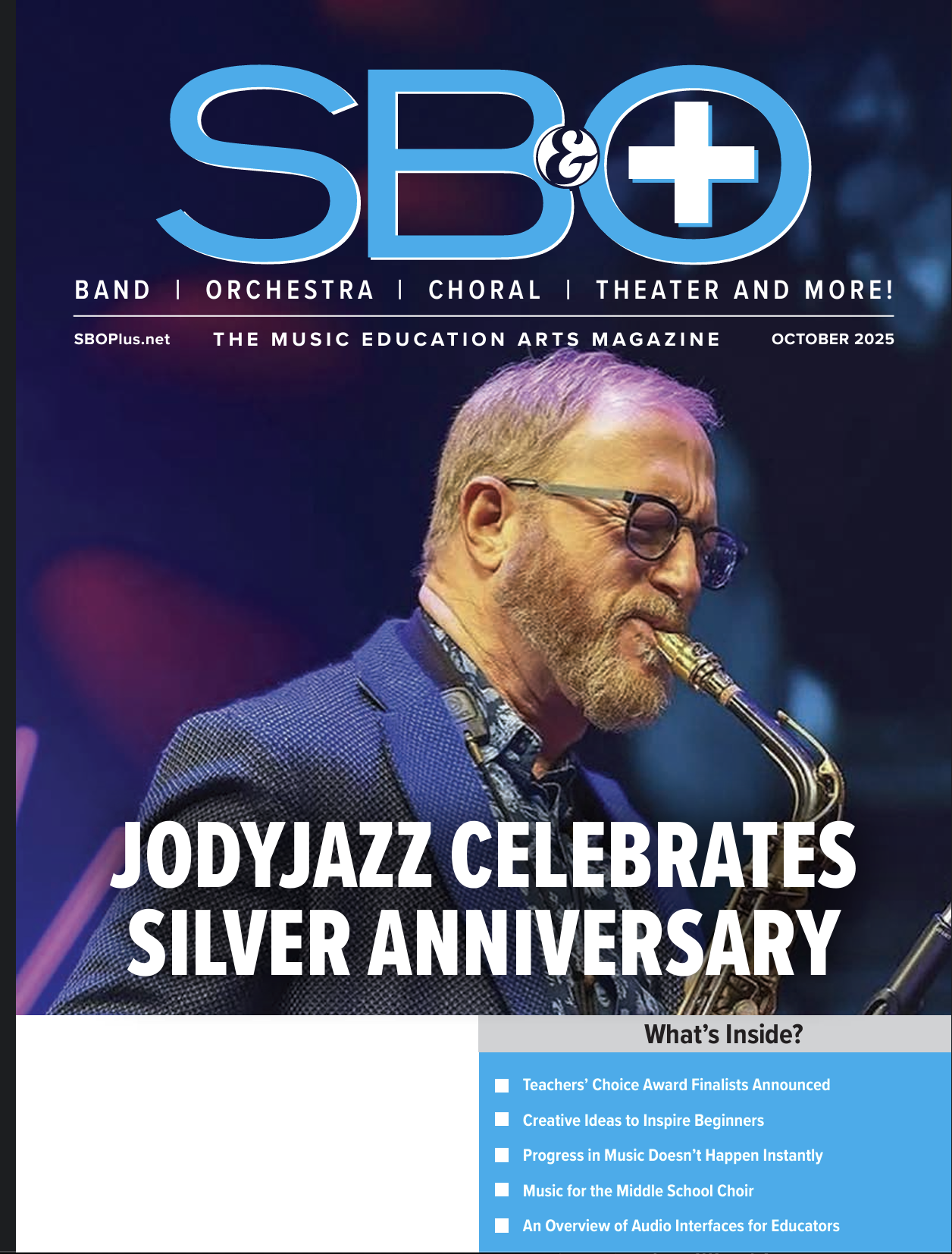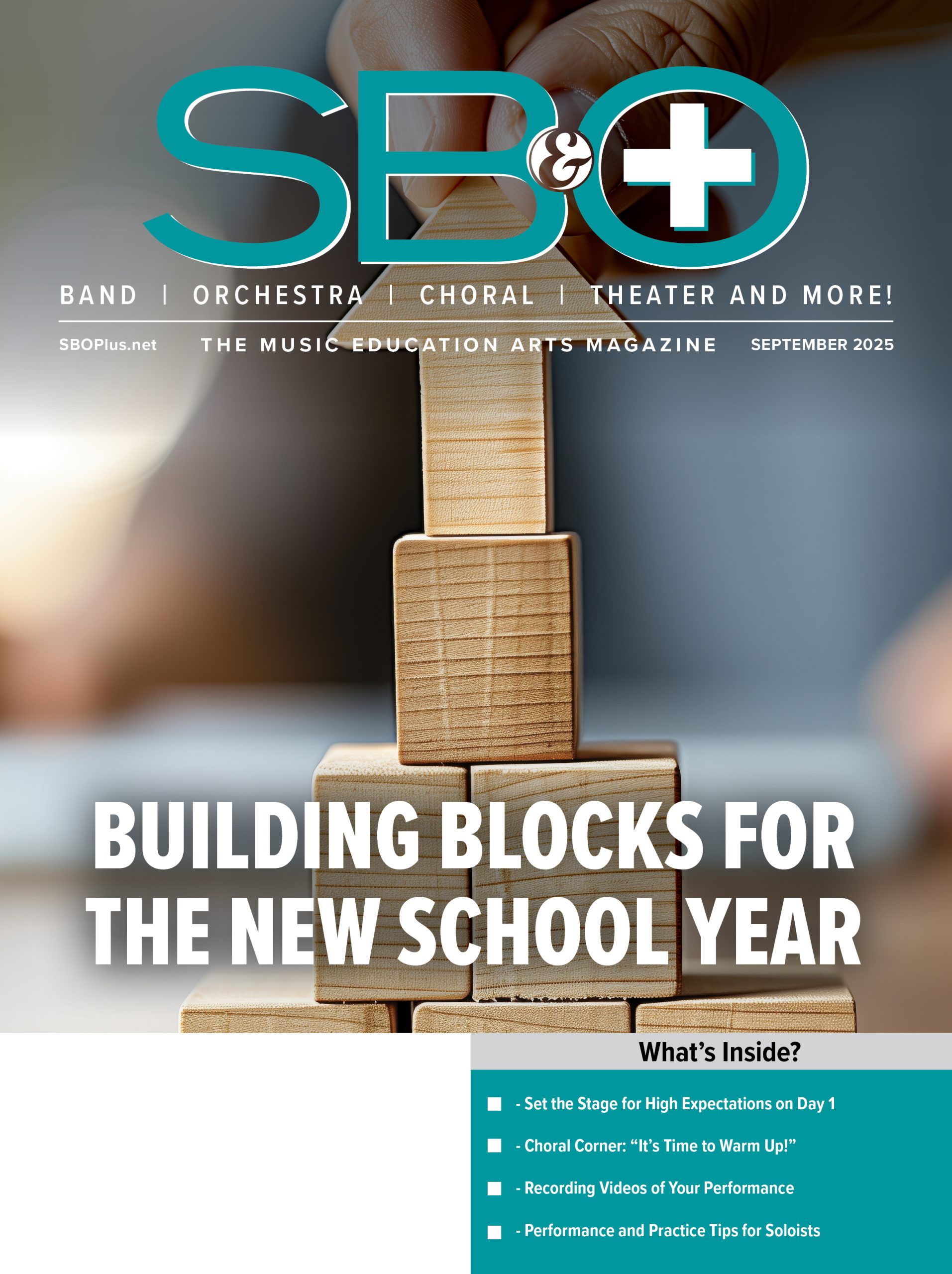By Mike Lawson
Celebrating its 25th anniversary, JodyJazz has grown from a one-man idea in New York City to one of the most trusted names in saxophone and clarinet mouthpieces worldwide. Founder Jody Espina’s story begins in Tampa school band rooms, where encouraging teachers—and one especially discouraging director—shaped his resolve. From early gigs at age 15, to studies at Berklee College of Music, to directing ensembles in Spain and hustling gigs in New York, Espina’s career as a performer prepared him for a second act as a maker. Today, JodyJazz mouthpieces are known for consistency and innovation. But Espina remains most passionate about education, urging directors to “make sure no kid gets sabotaged by bad equipment.” His clinics, practice methods, and advocacy for students place JodyJazz at the intersection of artistry, craftsmanship, and teaching.
“Try to be that teacher who inspires rather than the one that discourages.”
When saxophonist, educator, and entrepreneur Jody Espina founded JodyJazz in New York City, Georgia in 2000, he was driven less by a business plan than by conviction: better equipment helps musicians thrive. Today, JodyJazz celebrates 25 years with an international reputation for innovation and consistency.
From the classic HR* hard-rubber line, to the modern JET and SUPER JET, to the versatile DV series (DV NY and DV CHI), to the ESP and Classic models with spoiler inserts, to the unique GIANT “stealth metal” design, and even the HR* Clarinet, every model reflects Espina’s musician-first philosophy. Each mouthpiece is CNC-machined, hand-finished, play-tested, and packaged with care.
Yet behind the brand is a personal journey—from seventh-grade band to Berklee, from Spain to New York, from discouragement to resilience—that keeps education at the heart of Espina’s mission.
Tampa Roots: Band Class and Band Directors
Espina’s story begins in Tampa, Florida, where he picked up a clarinet in seventh grade, using his older brother’s horn. He soon saved enough lawn-mowing money to buy a saxophone.
That year, his band director—a jazz musician—sparked inspiration but also cautioned, “If you want to be a player, don’t get married—you won’t be able to support a family.” The words were sobering, but they impressed on Espina that pursuing music would require grit.
Later came a teacher nicknamed “Prof,” a boogie-woogie pianist who encouraged Jody daily. Sometimes they’d improvise together between classes—even over the marching band rehearsals. “He never discouraged me,” Espina remembers.
“At 15, I was gigging ten times a month in Tampa. Music kept me focused and off the streets.”
By contrast, a local band leader who he was playing for at 17 was dismissive. Espina recalls: “He told me I’d never make more than $3,000 a year and he said he was a better player at my age. That really got under my skin.”
Decades later, working through Julia Cameron’s The Artist’s Way, Espina wrote a symbolic letter back: “I became a good player. I bought a house. I am a good musician.” That exercise helped him shed the weight of discouragement. Today, he reminds teachers, “Try to be that teacher who inspires rather than the one that discourages.”
Teenage Hustle: Ten Gigs a Month
By 15, Espina was already gigging throughout Tampa. “At least ten jobs a month,” he says. Dixieland jobs, Chicago covers, weddings—it was a steady calendar. Music pulled him away from sports and into practice.
That discipline carried into college. At 17, he entered the University of South Florida a year early to study classical clarinet, then moved to Boston and Berklee College of Music to pursue jazz saxophone.
Berklee: A Crucible of Talent
The Berklee of the late ’70s and early ’80s was open-admission, but the student body included future luminaries: Branford Marsalis, Jeff “Tain” Watts, Terri Lyne Carrington, and Diana Krall.
Espina studied with saxophone giants Joe Viola, George Garzone, and John LaPorta, and earned a place in Herb Pomeroy’s elite recording ensemble. “The best players were already world-class,” he says. “It pushed me to a new level.”
“The mouthpiece is the most critical part of the setup. If it doesn’t seal properly, the student is doomed from the start.”
Berklee also deepened his appreciation for the power of great teachers. Their encouragement, combined with his earlier experience of discouragement, gave him a perspective he now shares with music educators nationwide.
Spain, New York, and the Working Musician’s Life
After college, Espina toured with the Tommy Dorsey Orchestra, then took a teaching and performing post in Spain. He learned Spanish in a month, directed a big band, played on TV, and traveled widely.
Returning stateside, he pursued the New York hustle—wedding bands, jazz gigs, studio work—while holding down a survival job at Sam Ash Music in Queens. “I was the worst salesman they ever had,” he laughs. Yet even retail taught him lessons about instrument quality and customer experience.
Through it all, he never stopped practicing, teaching, and searching for tools that worked better for players.
From Runyon to JodyJazz
The turning point came when legendary mouthpiece maker Santy Runyon customized a piece for Espina. The fit was perfect. Inspired, Espina began prototyping.
He observed that even respected brands—produced mouthpieces of wildly inconsistent quality. His mission: deliver consistency, playability, and reliability.
By 2000, JodyJazz was born in New York City and then moved to Savannah in 2008. Using CNC machining for precision and hand-finishing for artistry, Espina set out to create mouthpieces musicians could trust out of the box. From the clear-bodied originals to today’s HR* Custom Dark, DV, and SUPER JET models, the company has grown into a global force.
Education First: Don’t Sabotage Students
If there’s one message Espina presses hardest in clinics, it’s this: bad mouthpieces sabotage students.
He demonstrates it constantly—placing a quality mouthpiece on a cheap student horn (it sings), then putting a low-grade mouthpiece on a pro horn (it chokes). The point is clear.
“The mouthpiece is the most critical part of the setup. If it doesn’t seal properly, if the reed can’t vibrate, the student is doomed from the start.”
Espina urges directors to play-test every student’s equipment. Beginners deserve more than the $3 factory piece stuffed into a rental case. “Who deserves a good mouthpiece more than a beginner?” he asks. The payoff is retention: fewer frustrated kids, more confident tone, stronger programs.
Clinics and the 25/25/25/25 Formula
At school visits, Espina often divides practice into four equal parts: 25% tone, 25% technique, 25% repertoire, 25% “goof-off time.” That last part is critical—students must play along with the music they love, improvise, and explore. “That’s what keeps them playing after graduation,” he explains.
He also leads “sound paintings,” group improvisations guided by hand signs, and shares stories about persistence and discouragement. His goal is always the same: to show kids that music is worth it.
The Gig That Keeps It Real
Even with a global company to run, Espina plays weekly in Savannah, holding a residency for more than 15 years. “I never stopped being a musician. JodyJazz grew out of that, not the other way around.” That authenticity, he believes, is what musicians hear in every mouthpiece.
Looking Ahead
JodyJazz’s future lies in refinement—tighter tolerances, innovative materials, expanded lines—but its heart remains in school band rooms.
“Test every student’s setup. Make sure no one is held back by bad equipment. Every kid deserves a fair shot at enjoying and loving music.”
SBO+ celebrates JodyJazz on their 25th anniversary, and loves making sure the stories that begin in your band rooms that lead to making a difference in the world are told.
Mike Lawson is a lifelong musician, media publisher, owner of MMR and SBO+, and compulsive guitar hoarder from Nashville, TN.

